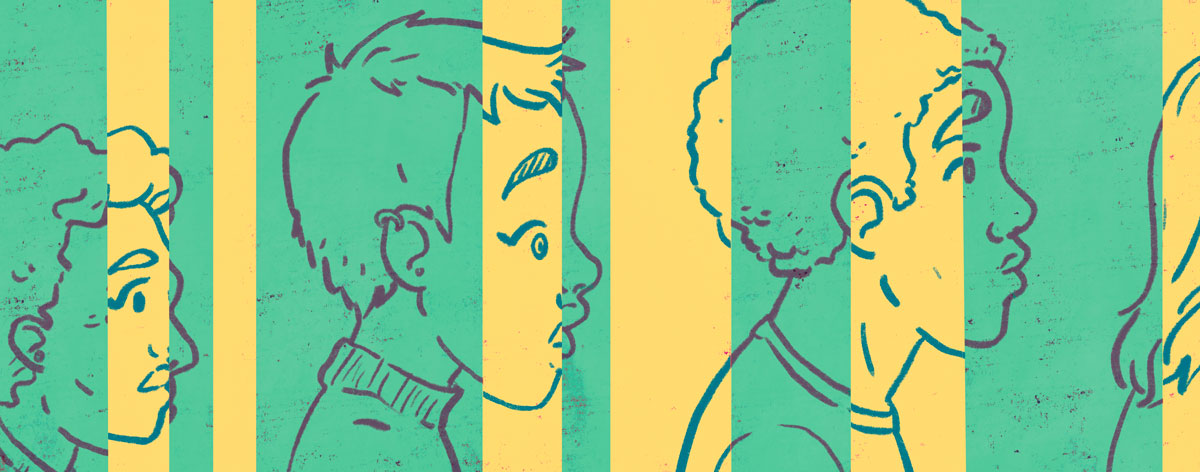

8 Internet Safety Rules for Kids
Since the internet has grown integral to communities worldwide, the question is not how do we help children refrain from using the web, but how we teach them the dangers of the internet. Here are eight rules kids should know before having unchaperoned access to technology.
1. Cyberbullying: Report and refrain from rude online behavior.
The best way to dampen the effects of cyberbullying is to start teaching kids at a young age the effects of online negativity. Start by teaching kids what cyberbullying looks like:
- Spreading lies or rumors
- Sharing private information about someone else on public forums
- Encouraging someone else to hurt themselves
- Posting mean images or comments online
2. Downloading: Don’t download anything without permission.
Malware, spyware, and ransomware are all delivered and downloaded by the victim via a network or an encrypted link. These are often email and social media scams that infect, steal, or perform virtually any behavior an attacker wants it to—including accessing webcams, collecting private data, and even holding certain files for ransom.
Malicious software can be received through any number of the following online ways.
- Mobile apps
- Malicious websites
- Malicious emails
- Phishing links
- Text messages
- Scam callers & voice phishing
3. Clickbait: Don’t click on suspicious links.
Just like adults, kids are at risk of receiving clickbait—content that encourages them to visit a website that contains a virus. Some forms of clickbait actually warn against viruses, claiming another type of software needs to be downloaded to protect your computer.
Scams are all over the internet and a virus can be introduced to a computer in seconds from even just visiting a malicious website.
Try this worksheet: Clickbait & Phishing.
4. Phishing: Don’t share sensitive information.
Sharing personal information to anyone online—even if you think you know them—can be a huge risk. For example, phishing scams ask someone to verify specific personal details and scammers use that information to access personal accounts or records.
Don't share bank account or credit card information online.
Use this visual aid to show kids the difference between a scam email and a legitimate one: Legitimate or Phishing?
5. Online predators: Choose your “friends” wisely.
Adults should actively be involved in a child’s online connections. Find or create a safe environment where any online safety concerns can be discussed. Without an understanding of the gravity of the situation, children might struggle to stick to any previously established boundaries.
Explain what online activities kids should avoid and why they should avoid them.
Kids need to understand that every online persona can be fake and know not to engage in conversation with an online stranger via social media, chat apps, or especially phone or video calls.
When to Act:
9 warning signs that a child might be the victim of cyberbullying or in communication with an online predator:
- They’re secretive about what they’re doing online.
- They’re consistently obsessed about being online at a certain time or place.
- They receive phone calls, packages, or gifts unexpectedly and won’t tell you who sent them.
- They’re withdrawn.
- They actively switch tabs or hide their screen when an adult is near.
- They have trouble concentrating.
- They get poor grades or are withdrawn in the classroom or at home.
- Intense mood changes and/or constant anxiety.
- Their self-esteem has plummeted.
6. Misinformation: Make sure the information you read on the internet is true.
There’s a lot of information out there and not all of it is true. It’s important that kids know how to find and check multiple sources to make sure that the information they learn and read about online is accurate.
7. Personal Information: Know when not to share personal information.
Oversharing personal information while posting or talking to someone online can have serious side effects. Instruct kids not to share or post any of the following:
- When they’re home alone for extended periods of time.
- Where they live.
- Where they go to school.
- What their class/school schedule is
- Compromising pictures of themselves.
- Passwords or login information.
8. Secure Passwords: Keep passwords secure and private.
Insecure passwords are subject to account hacks. It’s important that kids know that if someone gets access to an account it’s likely they get access to a lot of important information including phone numbers, addresses, important account numbers, etc.
Explain to kids that using the same password for multiple accounts means that if a hacker gets access to one, it’s likely they’ll have access to others that share similar passwords. Here are some things you can teach children to include in their passwords that could make them more secure:
- Long password combinations—a minimum of 12 characters is best.
- A variety of lowercase and uppercase letters.
- Special characters & symbols.
Additional Resources
Start teaching kids how to protect themselves now with these FREE online child protection resources.
- Digital Citizenship Course—Internet Safety and Cyberbullying Modules
- Internet Safety Crossword (Worksheet)
- Recognizing & Avoiding Scams (Worksheet)
Recognizing common online risks for children is one of the first steps to teaching children internet safety. Sadly, cyberbullies, scam artists, and online predators are just a few of the risks threatening children, and kids should feel comfortable telling an adult when they receive a threatening, mean, or strange message. Use these helpful internet safety tips designed to prepare kids and teens for any future online dangers.
Neither Banzai nor its sponsoring partners make any warranties or representations as to the accuracy, applicability, completeness, or suitability for any particular purpose of the information contained herein. Banzai and its sponsoring partners expressly disclaim any liability arising from the use or misuse of these materials and, by visiting this site, you agree to release Banzai and its sponsoring partners from any such liability. Do not rely upon the information provided in this content when making decisions regarding financial or legal matters without first consulting with a qualified, licensed professional.

